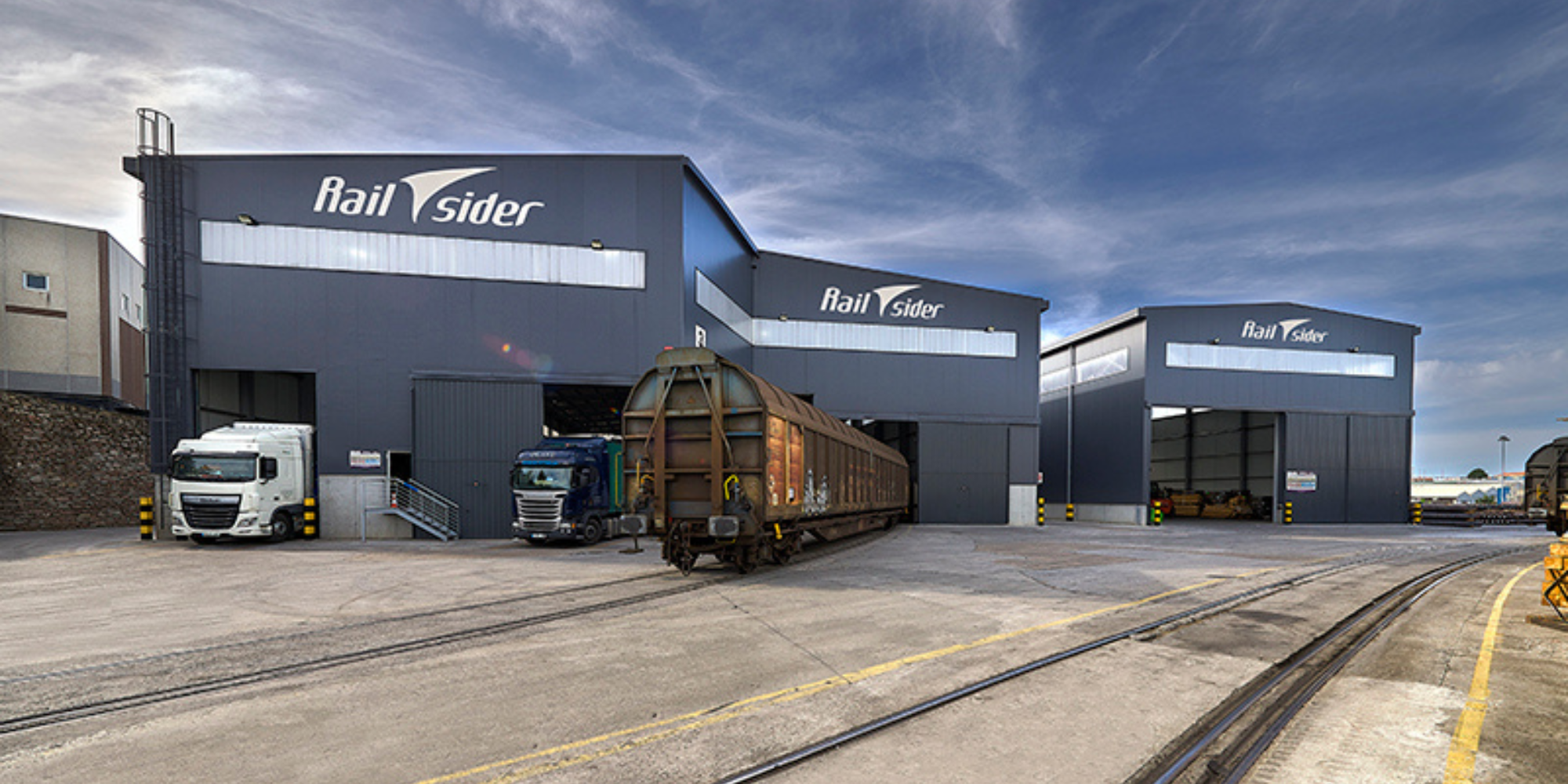Stock management and logistics is a critical part of the success of any company that markets physical products. Although different, these processes are closely interrelated and play a crucial role in ensuring that goods flow smoothly from suppliers to end consumers. In this article, we will explore what stock management involves, the principles of logistics and how the two work together to ensure efficiency and customer satisfaction.
What is Stock?
Stock, also known as inventory, refers to the amount of products or raw materials that a company has available at any given time for sale or production. Efficient stock management is essential to avoid both overstocking, which generates unnecessary costs, and understocking, which can lead to lost sales and dissatisfied customers.
Stock management involves planning and monitoring inventory levels, to ensure that there is enough to meet demand, without overloading warehouses. Companies can adopt various strategies to manage their stock, such as just-in-time (JIT), which minimises holding unnecessary levels of stock and allows products to be delivered just when they are needed. Another approach is the MRP (Material Requirements Planning) system, which is used to manage raw materials and schedule production according to expected demand.

What is logistics?
Logistics is the process of managing the flow of goods, information and resources from the point of origin to the point of consumption. It includes a wide range of activities such as warehouse management, transportation, inventory management, order processing and product distribution.
In simple terms, logistics ensures that the right products arrive at the right place, at the right time, in the right quantity. It is crucial not only for ensuring operational efficiency, but also for satisfying customers, who expect the products they buy to arrive on time in good condition.
The Importance of Coordination between Stock and Logistics
Stock management and logistics need to be perfectly coordinated to maintain a constant flow of goods. An adequate level of stock is essential for keeping logistics running smoothly. For example, if stock is not available when it is needed to fulfil an order, the supply chain may be affected, leading to problems such as late deliveries or incomplete orders.
Logistics also plays an important role in optimising stock levels. Companies that efficiently manage the transportation and distribution of products can reduce the need to hold large amounts of sock, which in turn reduces warehousing costs. In addition, efficient logistics allows products to move more quickly through the supply chain, which improves inventory turnover and reduces the risk of products becoming obsolete.
Steps in Goods Flow Management
Managing goods flows can be broken down into various key steps:
Forecasting Demand
Accurately predicting the quantity of products that will be needed in the future is essential. Companies use data analysis tools and specialised software to project demand and plan production and purchases accordingly.
Inventory Management
It is a matter of deciding how much stock to hold at any given time. This includes determining safety stock levels, which are additional amounts of inventory to avoid running out of stock in the event of unexpected peaks in demand or delays in supply.
Storage and Warehouse Management:
Warehouses play a key role in logistics, as they are where products are stored before being distributed. Good warehouse management involves organising products efficiently, optimising available space and using technologies such as warehouse management systems (WMS) to track and manage stock levels in real time.
Transport and Distribution
This is where logistics comes in. Companies need to choose the most appropriate means of transport (land, sea, air) and design the best routes to minimise costs and delivery times. Last mile management, which refers to the final stage of delivery to the customer, is especially critical in e-commerce, where fast delivery times are expected.
Monitoring and Continuous Improvement
Finally, it is essential to monitor the flow of goods at each stage and continuously look for ways to improve it. The adoption of technologies such as big data analytics, artificial intelligence and the Internet of Things (IoT) is helping companies optimise the supply chain in real time.

Proper management of the goods flow, which includes both stock management and logistics, is key to business success. Companies can reduce costs, improve efficiency and, most importantly, improve customer satisfaction by optimising inventory and improving logistical processes. In an increasingly competitive world, the ability to effectively manage these processes has become a crucial differentiating factor for many organisations.
